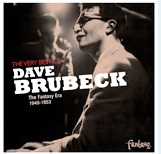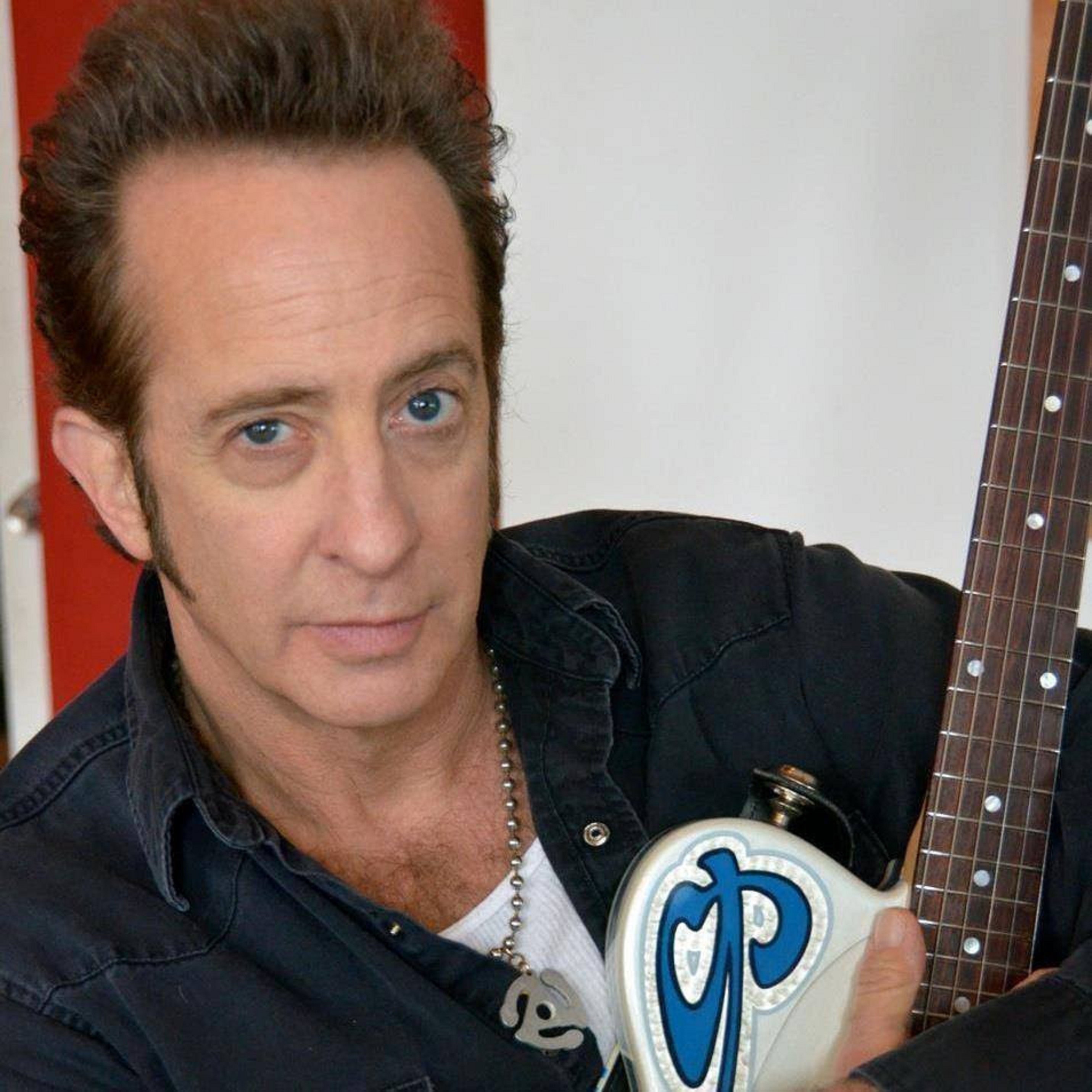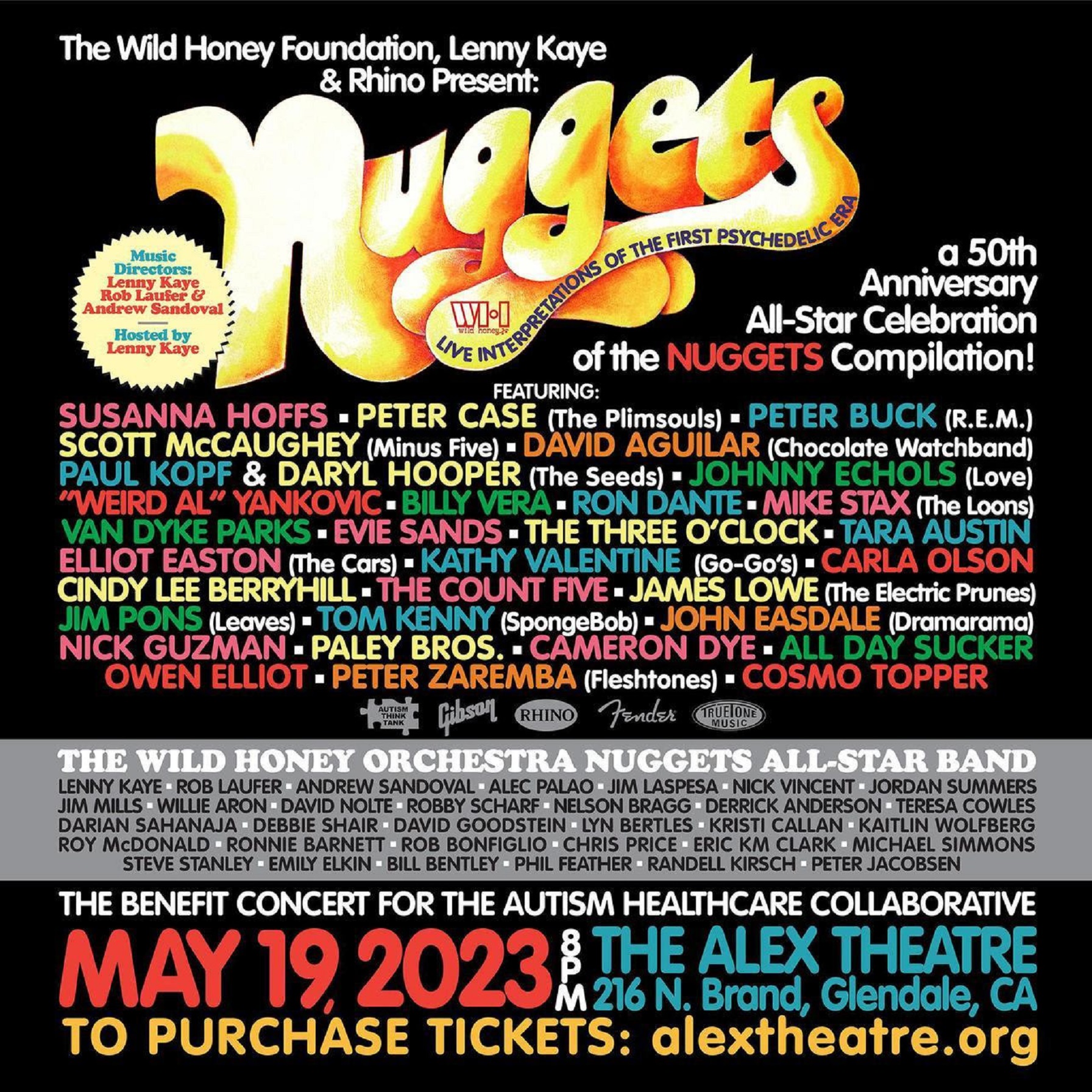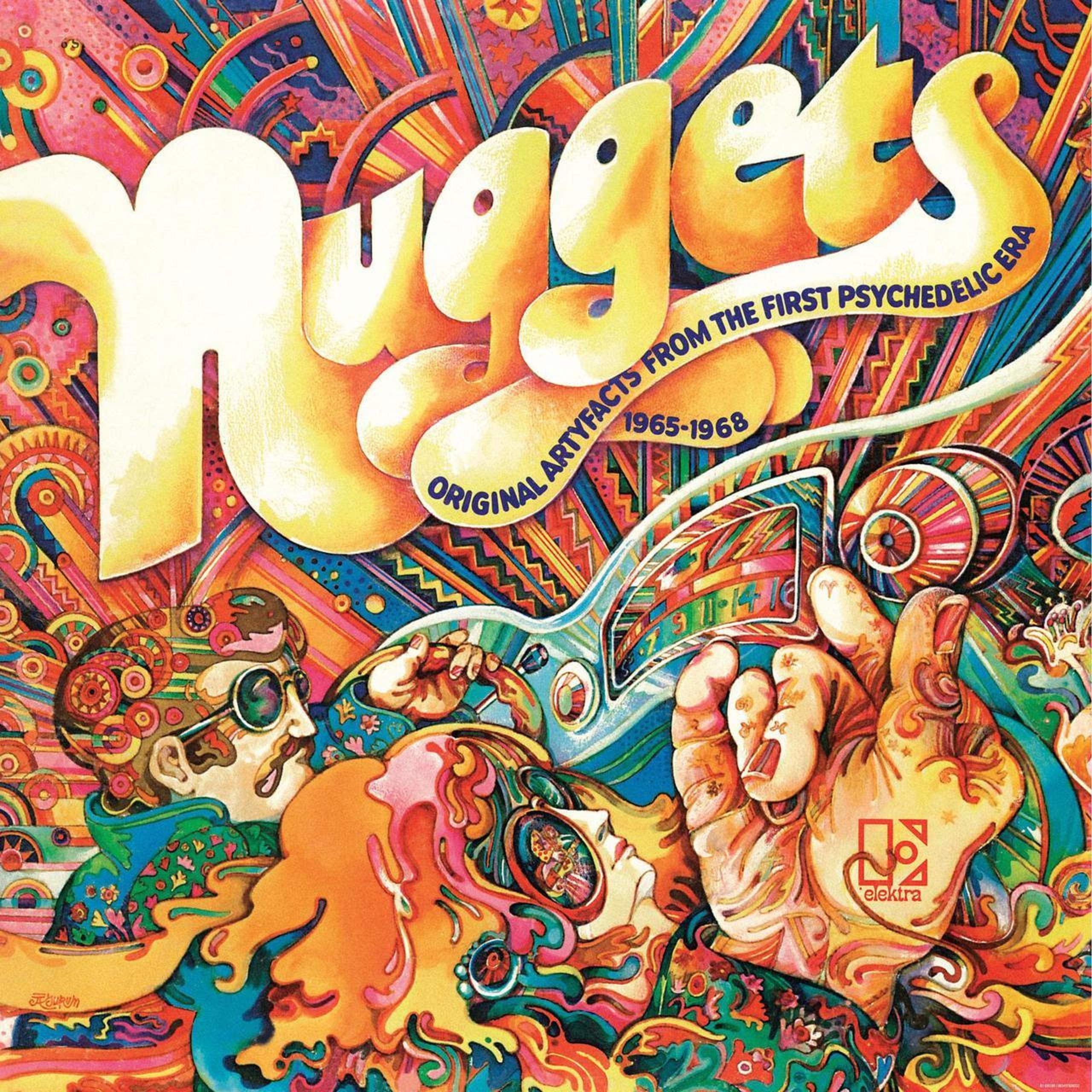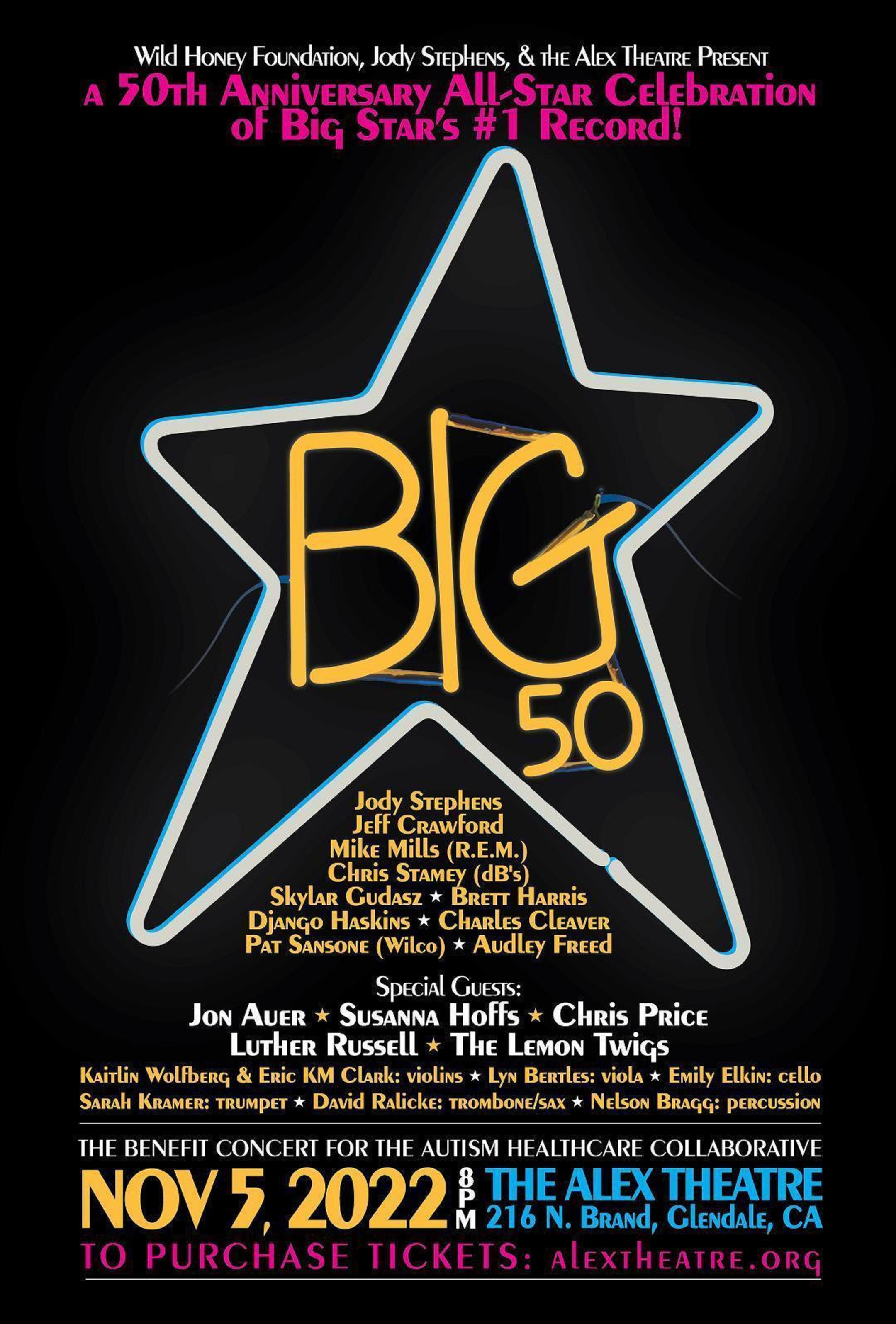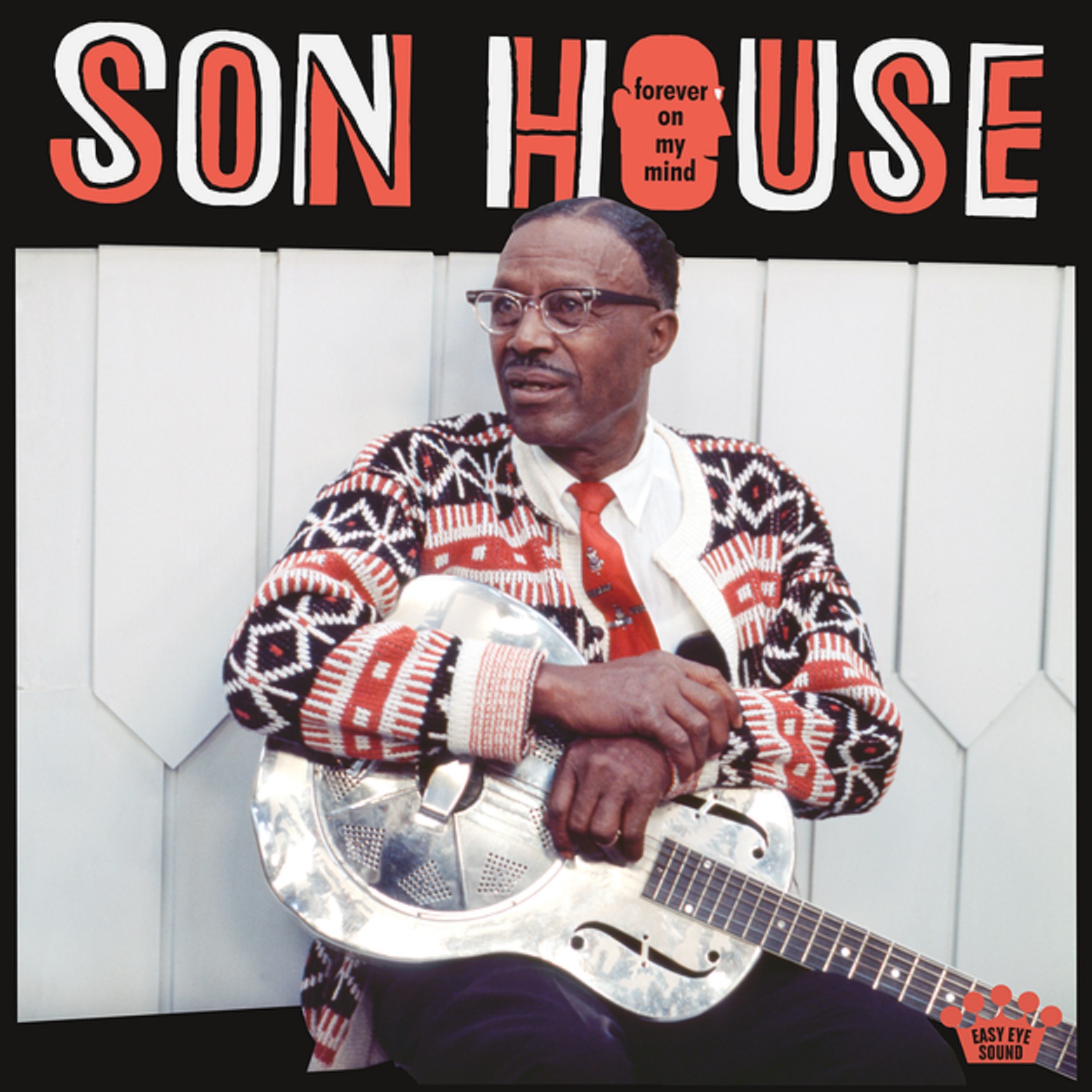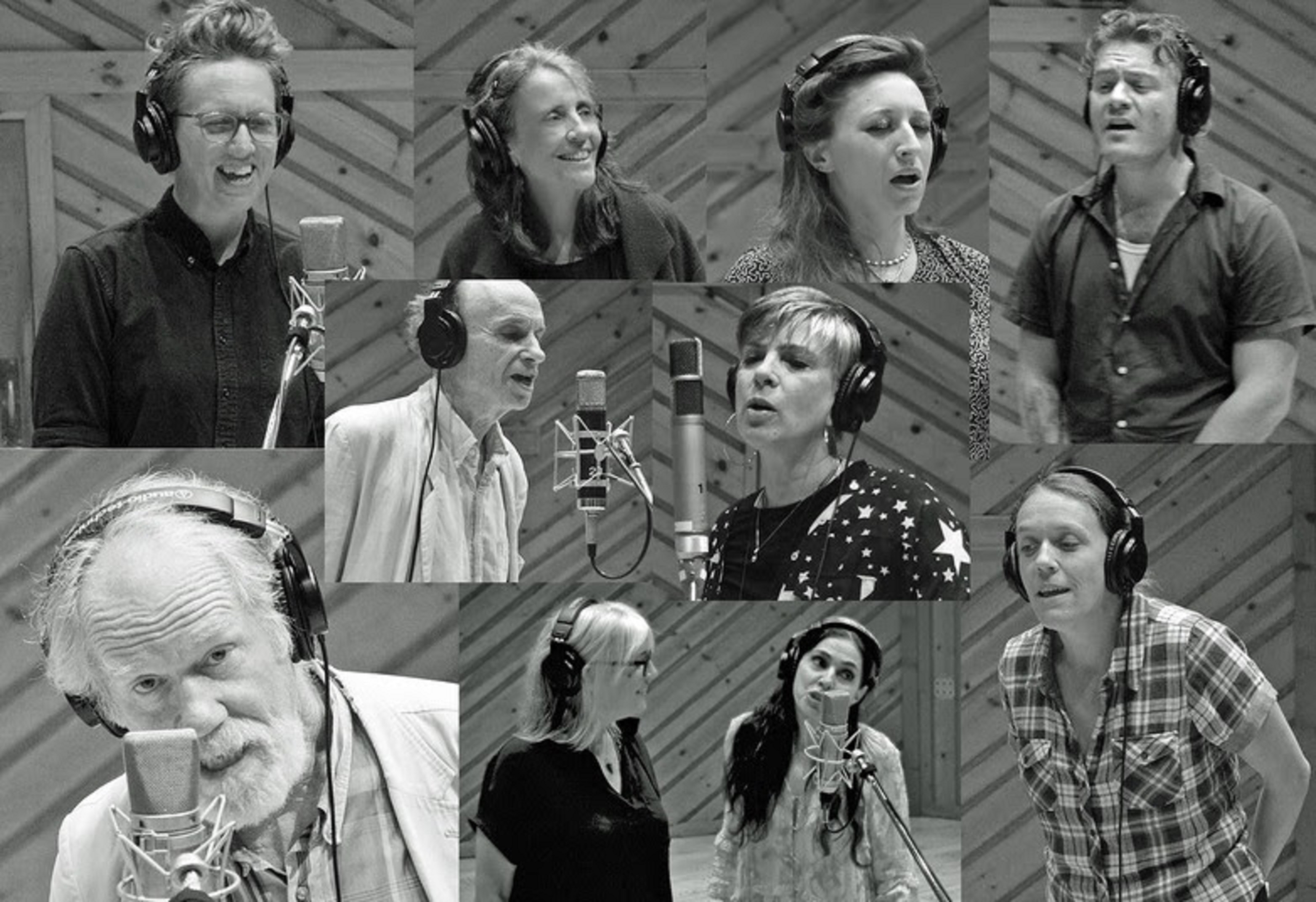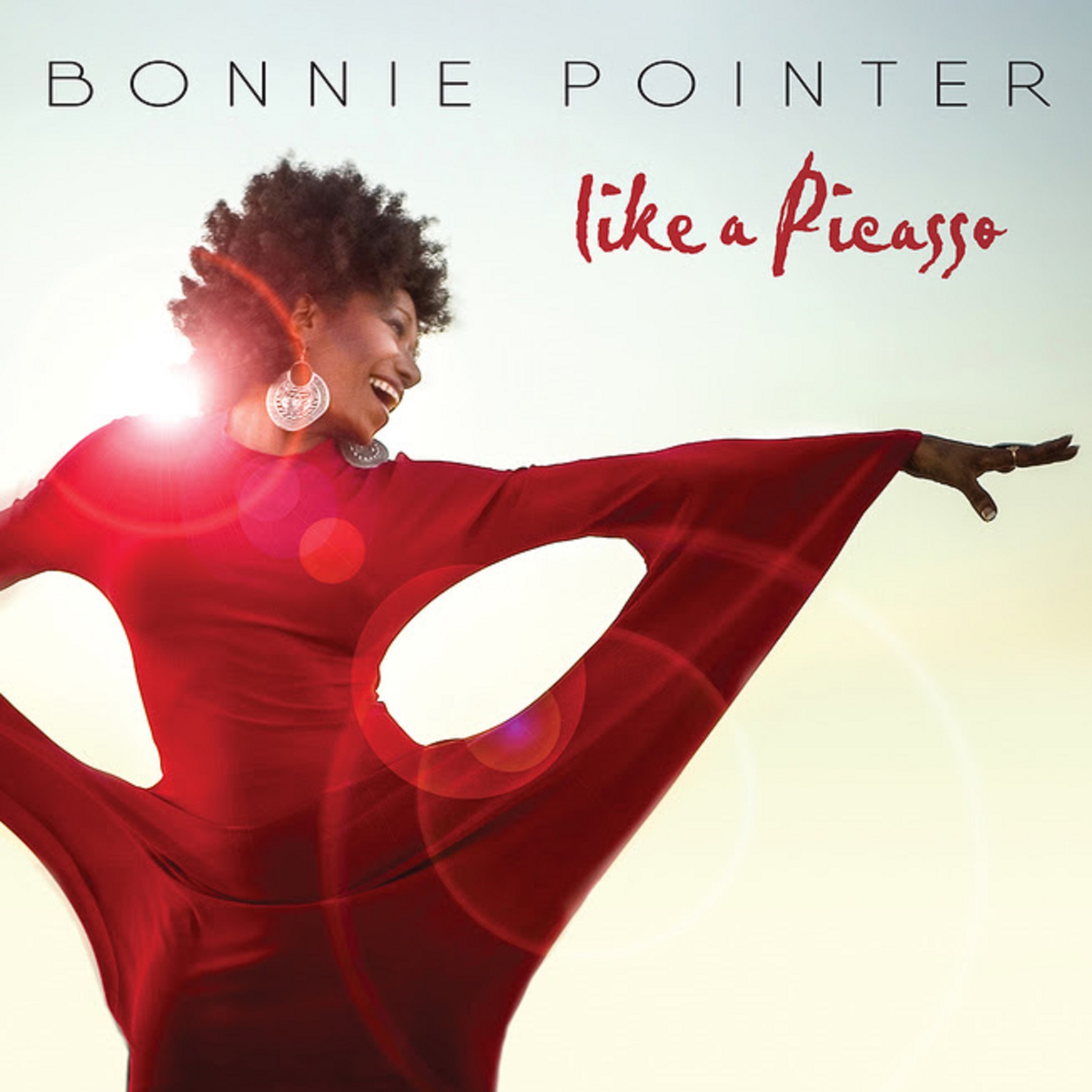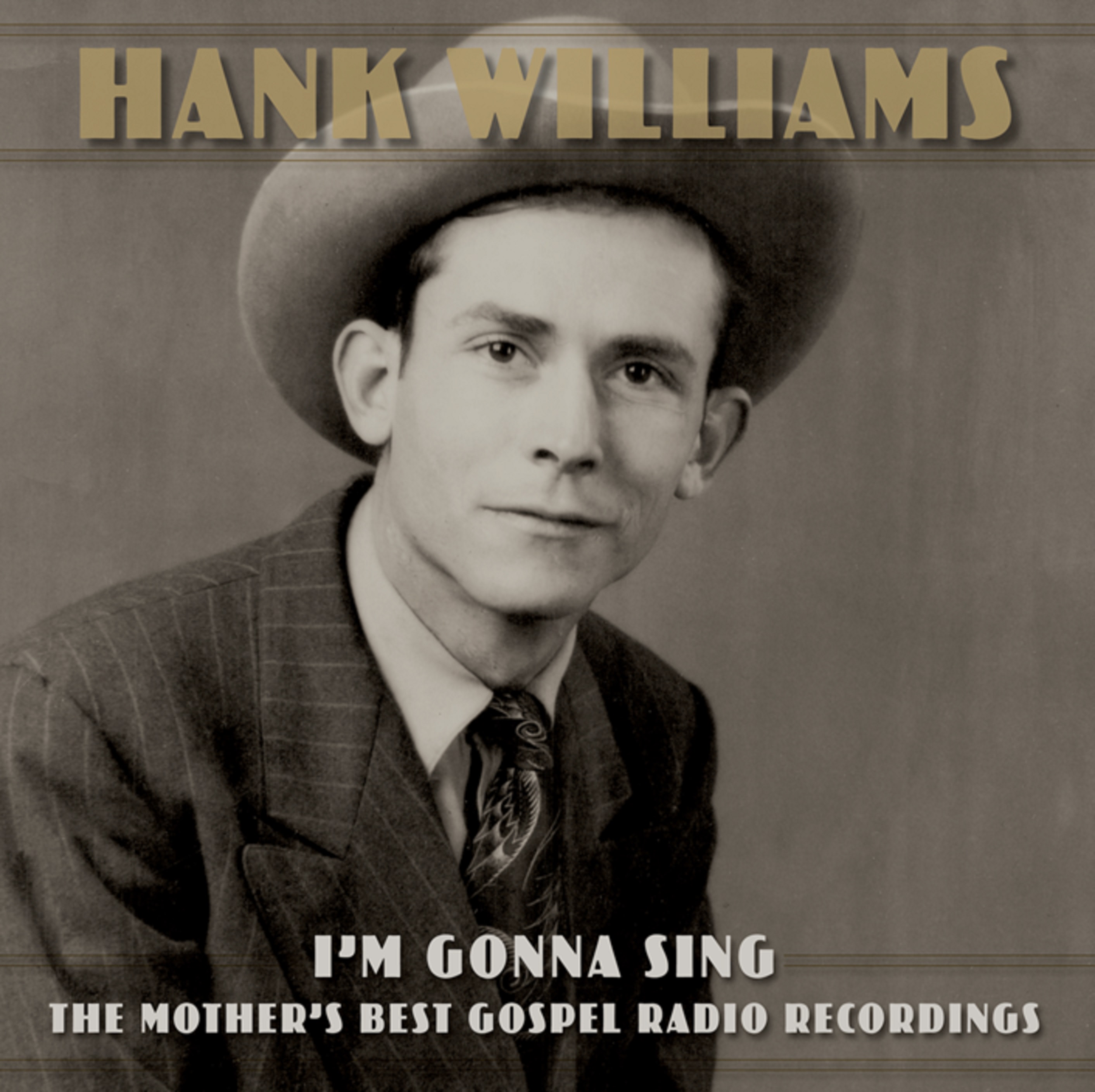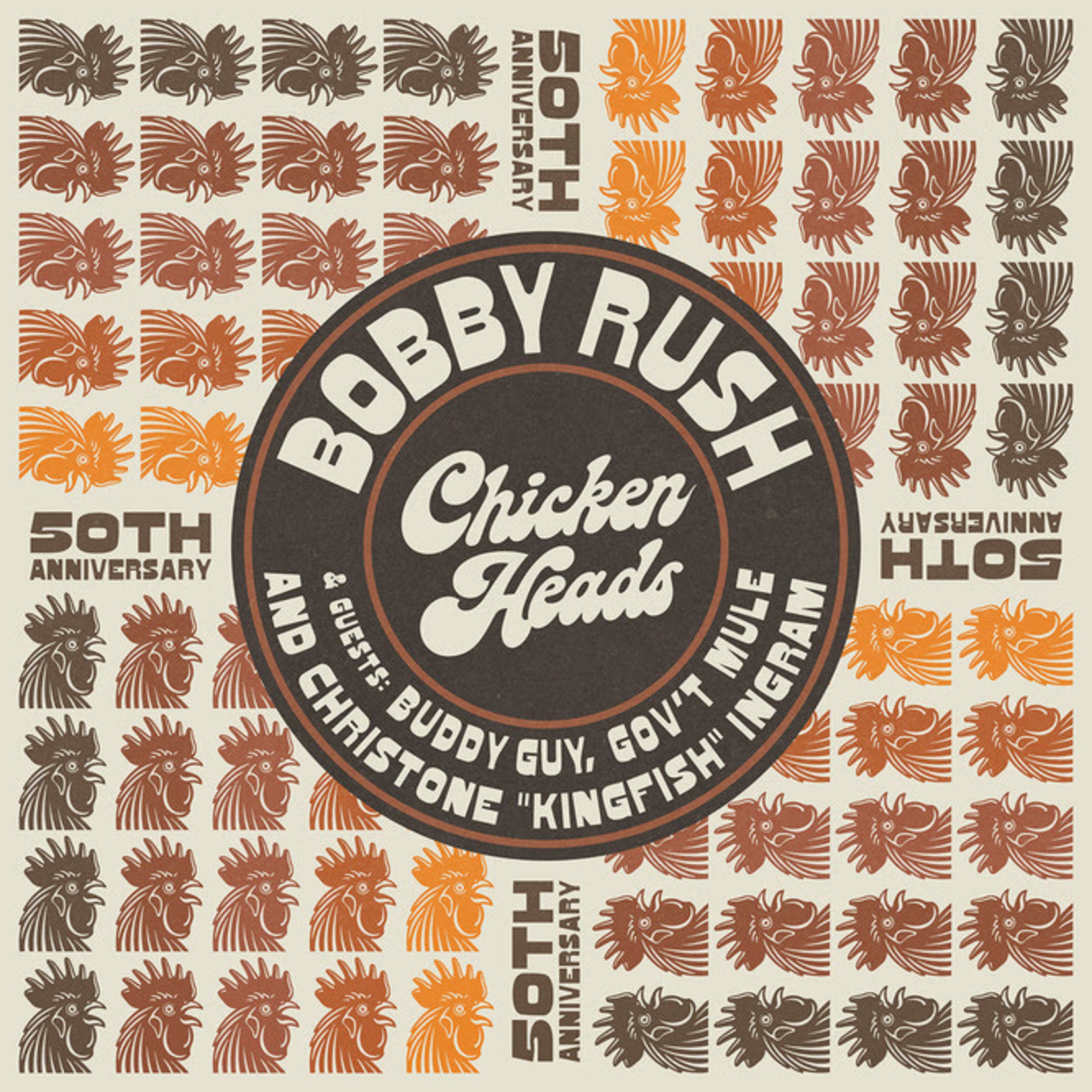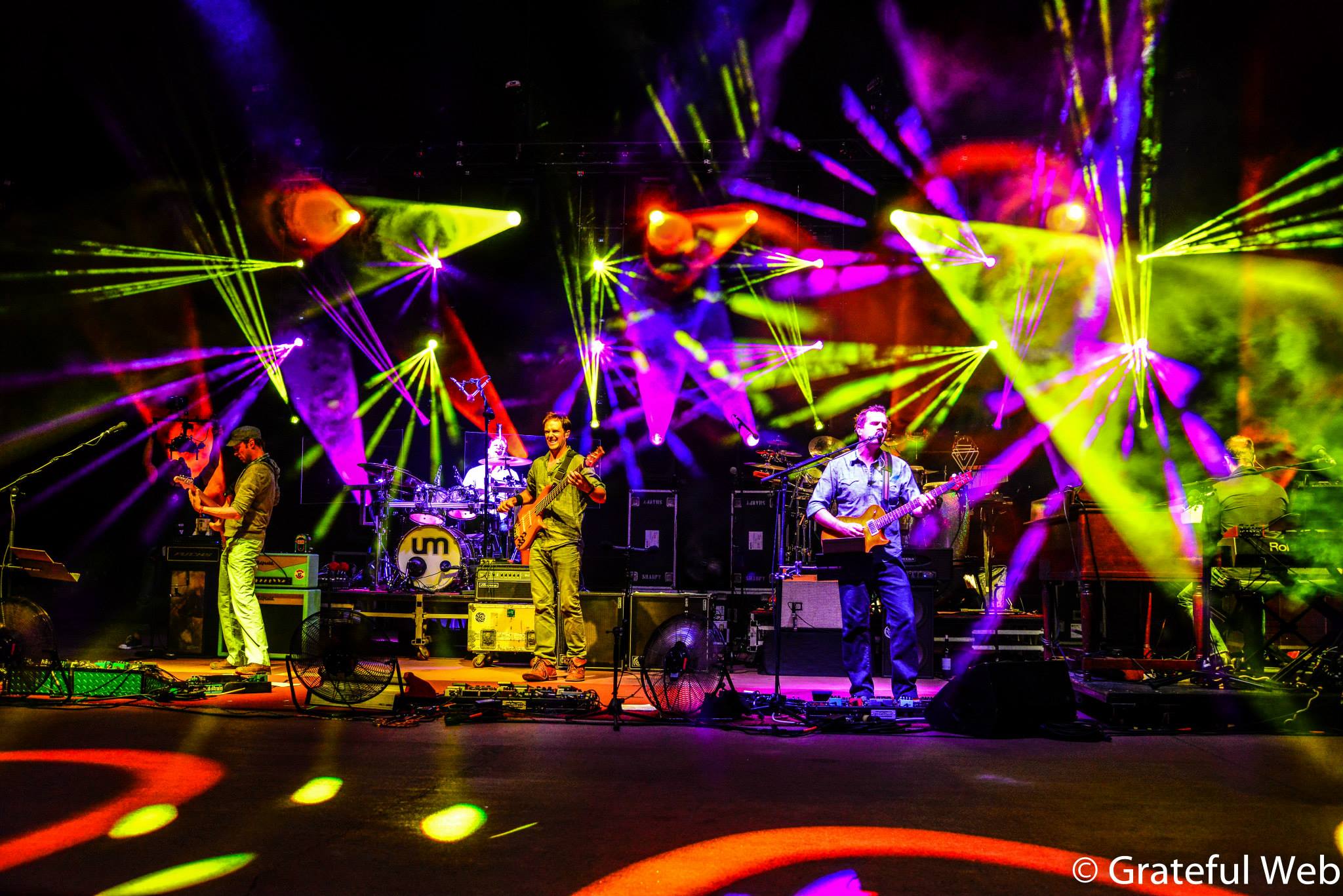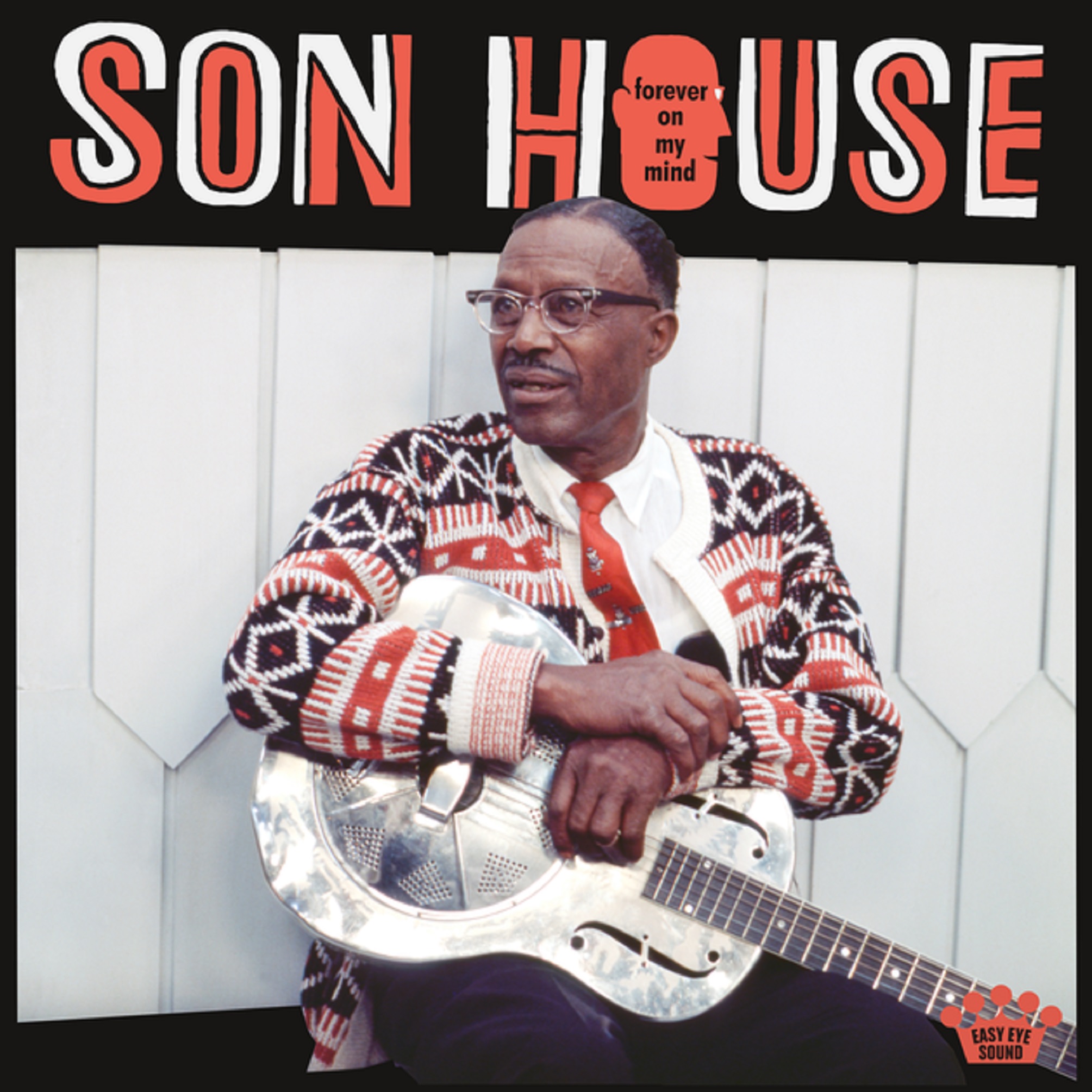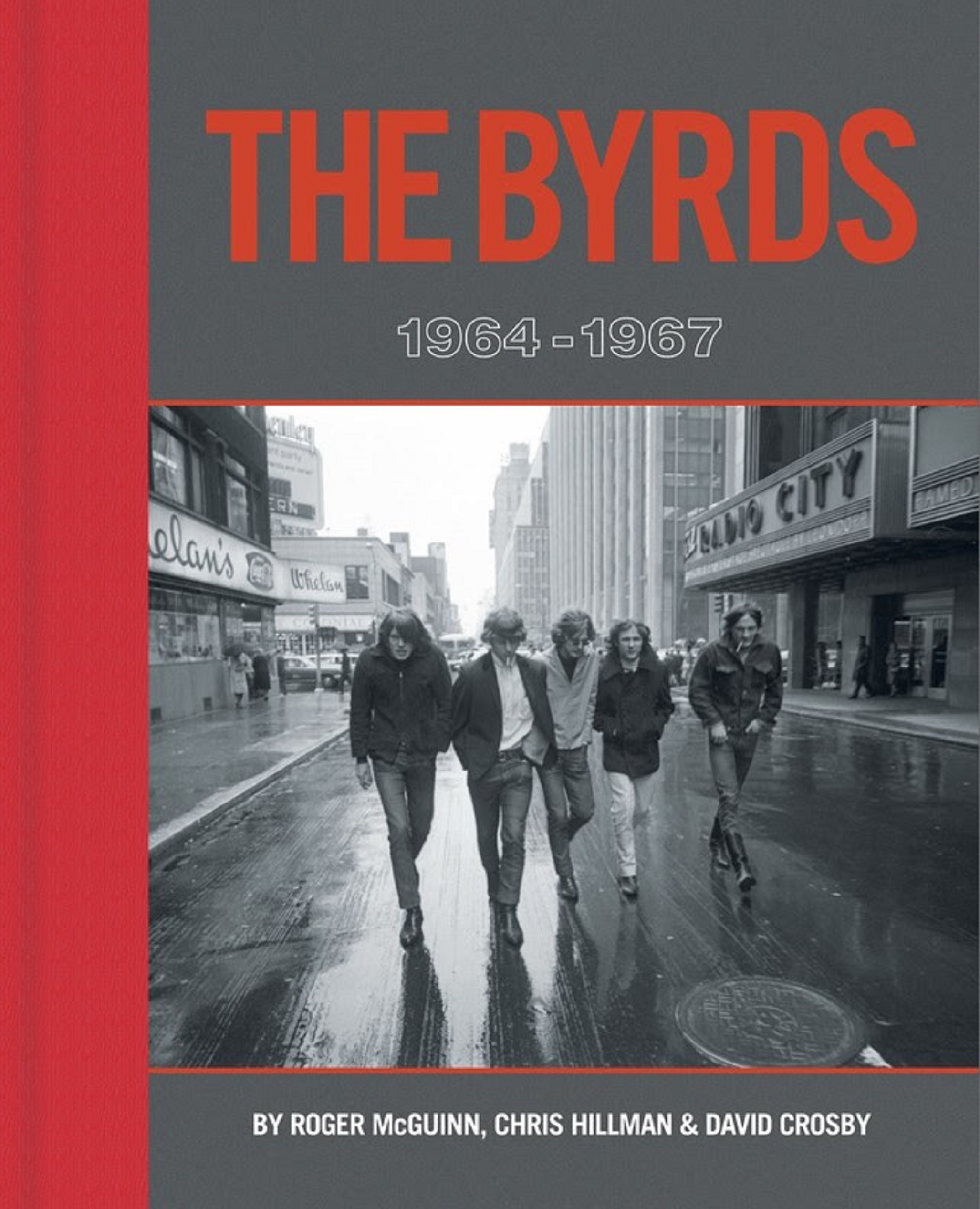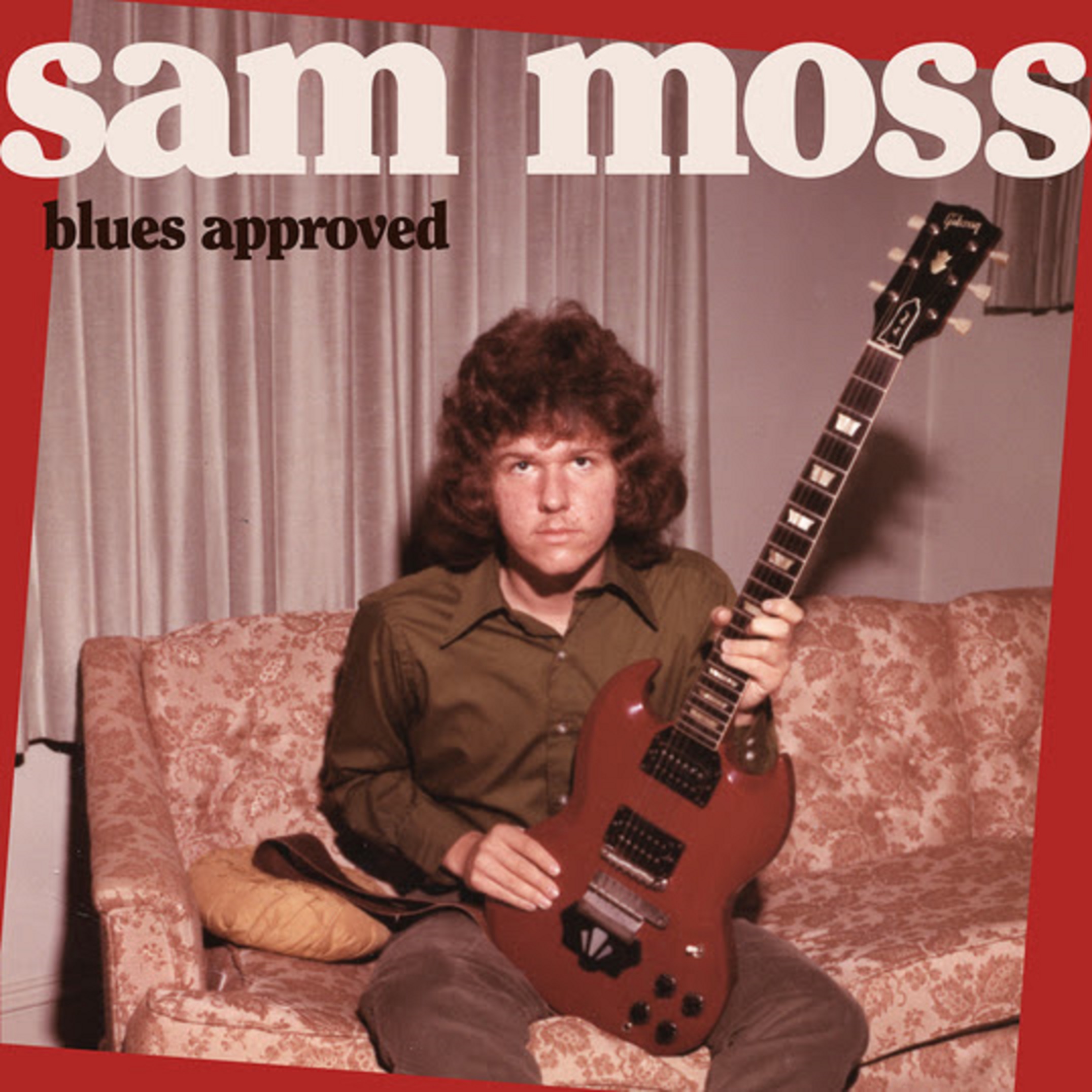Concord Music Group is launching five new titles in its Very Best Of jazz series, which showcases some of the very best tracks culled from the recordings of some of the most influential artists in the history of the genre. The five new titles, which highlight the work of Dave Brubeck, Vince Guaraldi, The Bill Evans Trio, Thelonious Monk, and Cannonball Adderley, are set for release on August 7, 2012. Each collection is mastered by Joe Tarantino — who has brilliantly remastered most of Concord’s highly acclaimed jazz reissues — and supplemented with liner notes by well-known music journalists, historians, and scholars.
The Very Best of Dave Brubeck — The Fantasy Era is a 15-track portrait of the legendary pianist in his early days on the Fantasy label between 1949 and 1953. “This collection presents the music of Dave Brubeck — but before he became ‘Dave Brubeck,’” says Neil Tesser in his liner notes, referring to the mantle of fame that the artist had assumed by the late ’50s. “Brubeck thought of himself as a composer who happened to play piano, but his concepts were way ahead of his time . . . So he supported himself as a jazz pianist, applying his remarkable ear to the music he heard but had never learned to read. The recordings in this collection document those days, starting with Brubeck’s first trio, which comprised the rhythm section from his octet: bassist Ron Crotty and drummer Cal Tjader, who would later achieve fame as a Latin-jazz vibraphonist.”
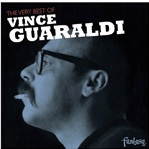 “Certainly a Very Best of Vince Guaraldi collection has to feature some of the beloved Peanuts themes — like ‘Linus and Lucy’ and ‘Christmas Time Is Here’ — that made him a household name,” says Nick Phillips, Vice President of Catalog and Jazz A&R at Concord Music Group and producer of the series. “But by the same token, as this collection illustrates, there’s much more to the artistry of Vince Guaraldi than his perennially popular Peanuts compositions, and more to him than the fame that he acquired with the hit ‘Cast Your Fate to the Wind.’ He did some really fun and inventive things with his arrangements and there's a contagious joyfulness in his playful piano style and in his interactions with his supporting musicians. He had a rare gift for creating music that’s not only interesting to devout jazz listeners, but also accessible and memorable to those that might not consider themselves hardcore jazz fans.”
“Certainly a Very Best of Vince Guaraldi collection has to feature some of the beloved Peanuts themes — like ‘Linus and Lucy’ and ‘Christmas Time Is Here’ — that made him a household name,” says Nick Phillips, Vice President of Catalog and Jazz A&R at Concord Music Group and producer of the series. “But by the same token, as this collection illustrates, there’s much more to the artistry of Vince Guaraldi than his perennially popular Peanuts compositions, and more to him than the fame that he acquired with the hit ‘Cast Your Fate to the Wind.’ He did some really fun and inventive things with his arrangements and there's a contagious joyfulness in his playful piano style and in his interactions with his supporting musicians. He had a rare gift for creating music that’s not only interesting to devout jazz listeners, but also accessible and memorable to those that might not consider themselves hardcore jazz fans.”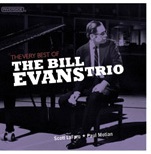 “The selection of tracks for this set easily lives up to the appellation of ‘Very Best,’” says Neil Tesser, author of the liner notes for the Evans collection. “Half the program comprises uncontested examples of the Great American Songbook, each transformed subtly but utterly by Evans’s ‘new jazz conception’ (to borrow the title of his 1956 Riverside debut) . . . On The Very Best of the Bill Evans Trio, you hear the seeds, and the roots, and in the opinion of some, the full flower of the ‘piano trio’ that proved to be so much more.”
“The selection of tracks for this set easily lives up to the appellation of ‘Very Best,’” says Neil Tesser, author of the liner notes for the Evans collection. “Half the program comprises uncontested examples of the Great American Songbook, each transformed subtly but utterly by Evans’s ‘new jazz conception’ (to borrow the title of his 1956 Riverside debut) . . . On The Very Best of the Bill Evans Trio, you hear the seeds, and the roots, and in the opinion of some, the full flower of the ‘piano trio’ that proved to be so much more.” Although this collection primarily focuses on Monk’s compositions, which include such all-time classics as “Blue Monk,” “Ruby, My Dear,” and “’Round Midnight,” it also includes selections from his first two Riverside albums that sought to present a more accessible Thelonious Monk to the public. “One of many things that I love about the Thelonious Monk Plays Duke Ellington and The Unique Thelonious Monk albums — both of which featured Monk covering other artists’ compositions — was that each song he played sounded like it could have been written by him,” says Phillips. “He had a very distinctive approach to playing the piano and a rhythmic, harmonic, and melodic vocabulary all his own. So even when he played an Ellington tune or an old standard like ‘Honeysuckle Rose,’ it still sounded uniquely like Thelonious Monk.”
Although this collection primarily focuses on Monk’s compositions, which include such all-time classics as “Blue Monk,” “Ruby, My Dear,” and “’Round Midnight,” it also includes selections from his first two Riverside albums that sought to present a more accessible Thelonious Monk to the public. “One of many things that I love about the Thelonious Monk Plays Duke Ellington and The Unique Thelonious Monk albums — both of which featured Monk covering other artists’ compositions — was that each song he played sounded like it could have been written by him,” says Phillips. “He had a very distinctive approach to playing the piano and a rhythmic, harmonic, and melodic vocabulary all his own. So even when he played an Ellington tune or an old standard like ‘Honeysuckle Rose,’ it still sounded uniquely like Thelonious Monk.”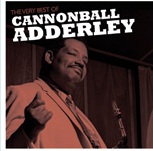 The collection “serves as an exciting introduction to Adderley’s 20-year journey, a career that ended far too soon in 1975, when a heart attack felled him at the young age of 46,” says Kahn. “The performances, running mostly chronologically, have been taken from a number of timeless albums recorded for the Riverside and Fantasy labels, most with legendary producer Orrin Keepnews guiding the sessions. As the collective weight of the sidemen on this session reveals, Adderley had ears for great talent and commanded the necessary respect to recruit them.”
The collection “serves as an exciting introduction to Adderley’s 20-year journey, a career that ended far too soon in 1975, when a heart attack felled him at the young age of 46,” says Kahn. “The performances, running mostly chronologically, have been taken from a number of timeless albums recorded for the Riverside and Fantasy labels, most with legendary producer Orrin Keepnews guiding the sessions. As the collective weight of the sidemen on this session reveals, Adderley had ears for great talent and commanded the necessary respect to recruit them.”




